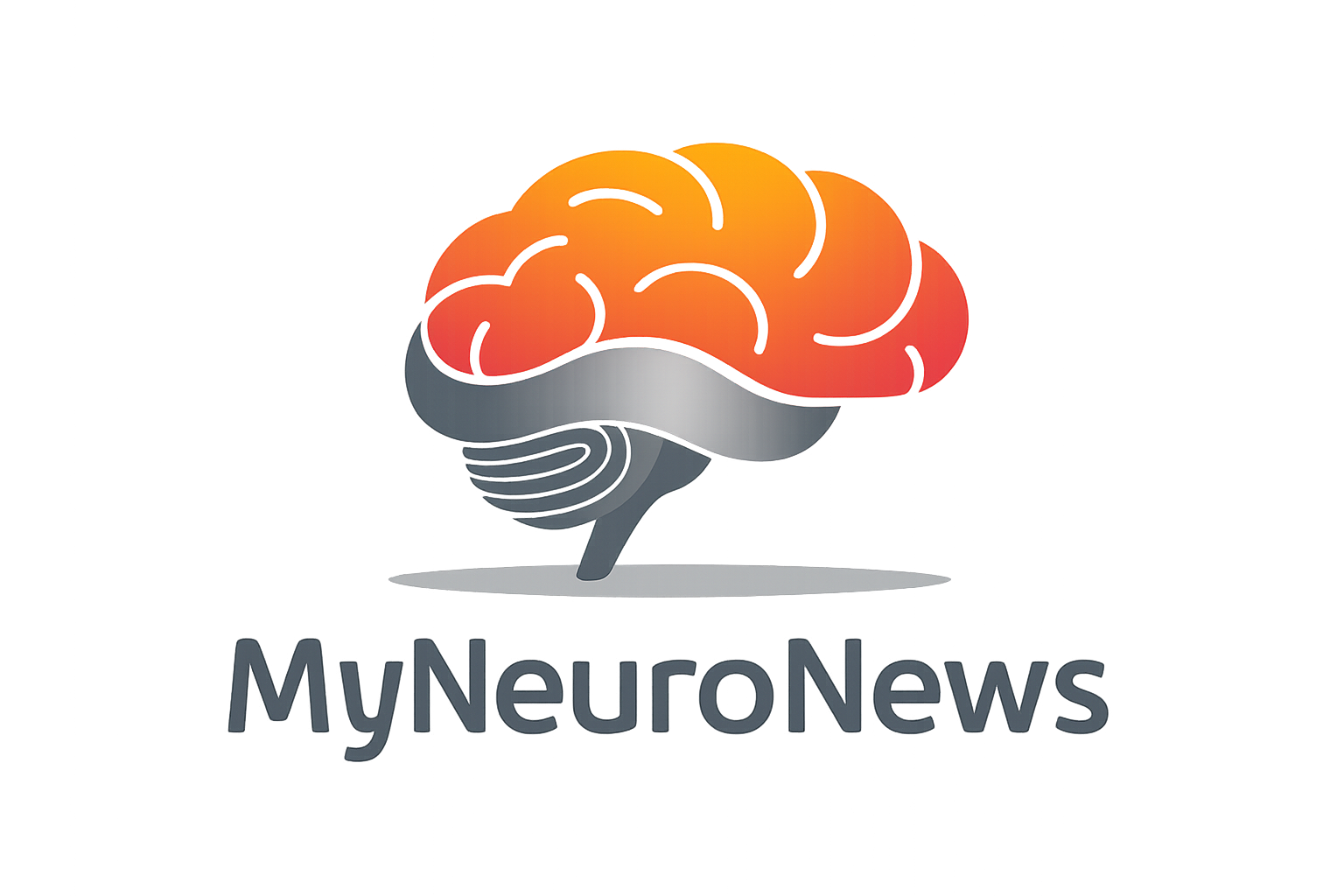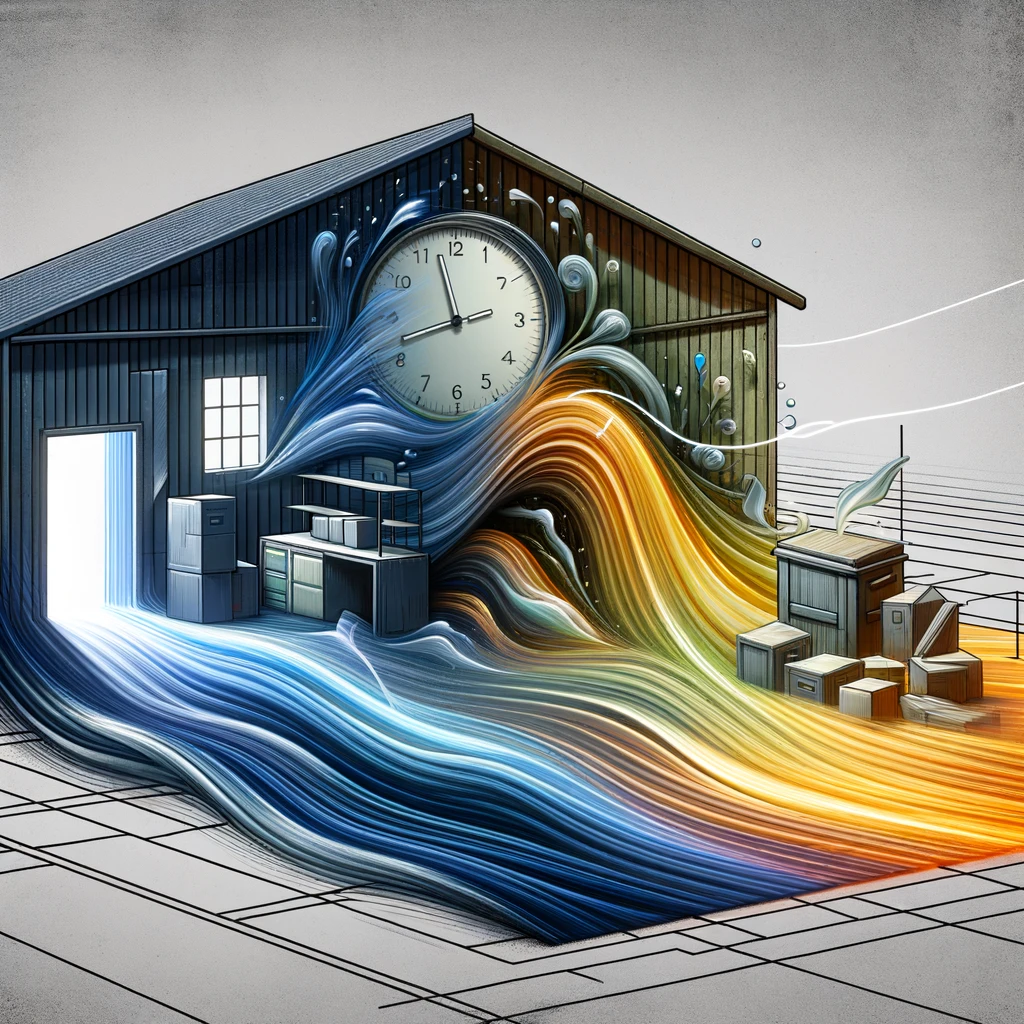In the intricate landscape of human cognition, our perception of time remains one of the most elusive and fascinating subjects. Recent research spearheaded by cognitive neuroscientist Virginie van Wassenhove at the University of Paris–Saclay delves into how our sensory organs, traditionally not dedicated to sensing time, play a crucial role in how we perceive it.
The Sensory Foundations of Time Perception
Van Wassenhove’s research highlights an intriguing facet of human perception: without a specialized organ to perceive time, all our senses contribute to how we experience it. This premise has led scientists to explore how visual elements can alter our sense of time. It’s been discovered that not just the basic attributes of an image, such as colors and contrast, but also higher-level semantic features like memorability, significantly impact our time perception.
How Visual Complexity Affects Time Perception
In a groundbreaking study involving 52 participants, researchers explored how the size and clutter within a scene influence the perceived duration of viewing an image. Participants viewed images varying in scale and clutter, such as a densely packed cupboard versus a sparse warehouse. The findings were telling: larger and less cluttered scenes often led to time dilation where participants felt they viewed the image longer than they actually did. Conversely, smaller, more cluttered scenes tended to induce a time constriction effect.
Researchers propose that visual clutter, which makes a scene harder to mentally navigate and object recognition more challenging, might be responsible for these distortions in time perception.
The Role of Memorability in Time Perception
Furthering their inquiry, the team examined how memorable images affect time perception. Using a set of images ranked by a neural network for memorability, they found that images that were easier to recall tended to make time seem stretched—participants reported these images as having been viewed for longer periods. This phenomenon also coincided with a greater likelihood of remembering these images later.
Neural Mechanisms and Future Directions
The implications of these studies are profound, suggesting that our brain might process more memorable or significant visual information more efficiently, thereby altering our sense of time to gather more data from important stimuli. This hypothesis is supported by the application of memorable images in a neural-network model designed to mimic the human visual system’s processing over time.
Despite these advances, many questions remain unanswered. Future research, as suggested by Wiener, may involve larger participant groups and more refined models of visual processing. Neuroimaging could also play a vital role in observing brain activity during these perception tests.
As we continue to unravel how we perceive time, the potential to artificially stimulate the brain to enhance how it processes time and memory remains an exciting frontier, promising deeper insights into the mechanics of human cognition and perception. This research not only broadens our understanding of sensory processing but also opens new avenues for exploring how we interact with and interpret the world around us.
Literature- further reading
Ma, A.C., Cameron, A.D., Wiener, M. Nature Hum. Behav. https://doi.org/10.1038/s41562-024-01863-2 (2024).

